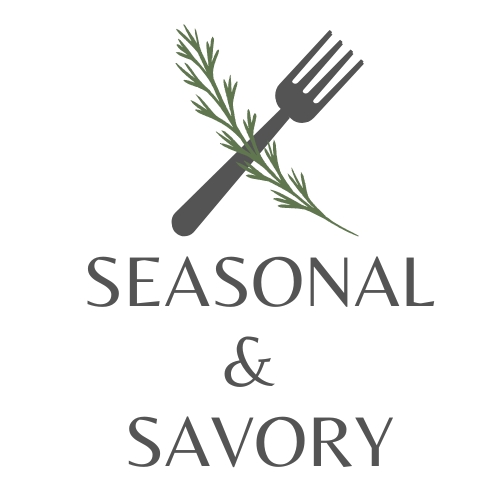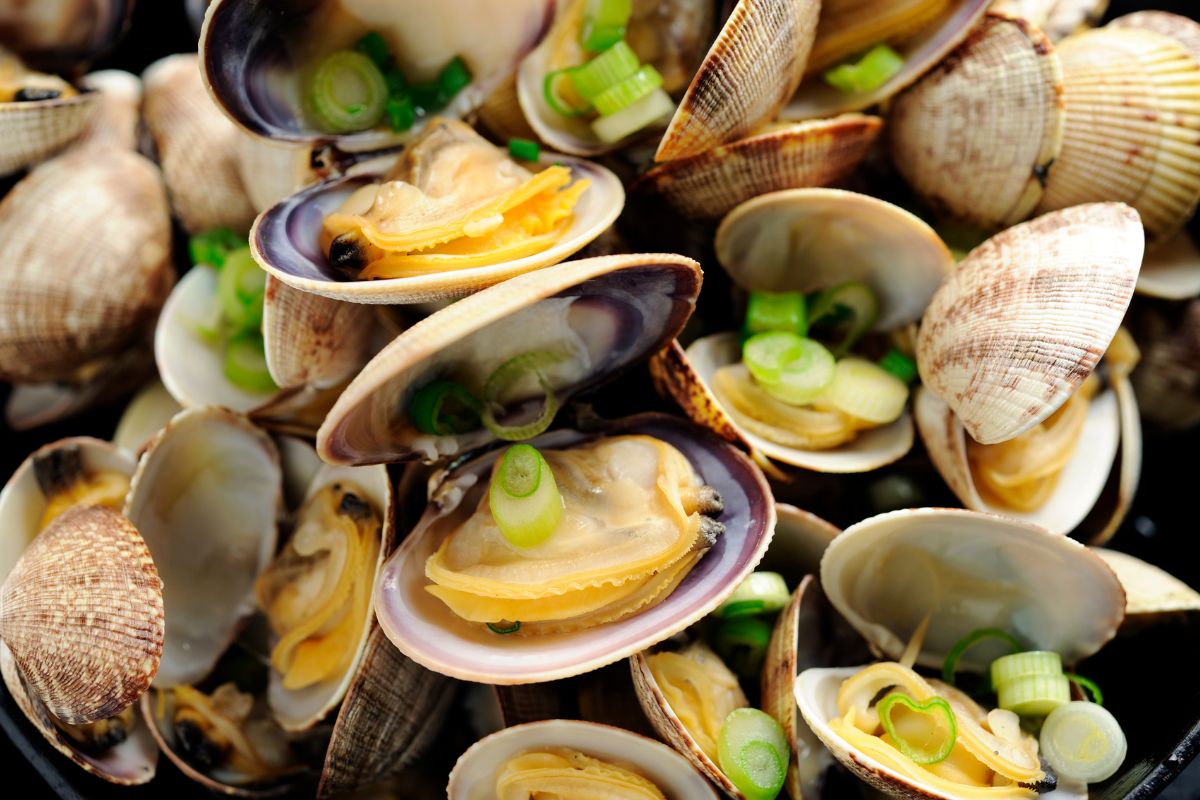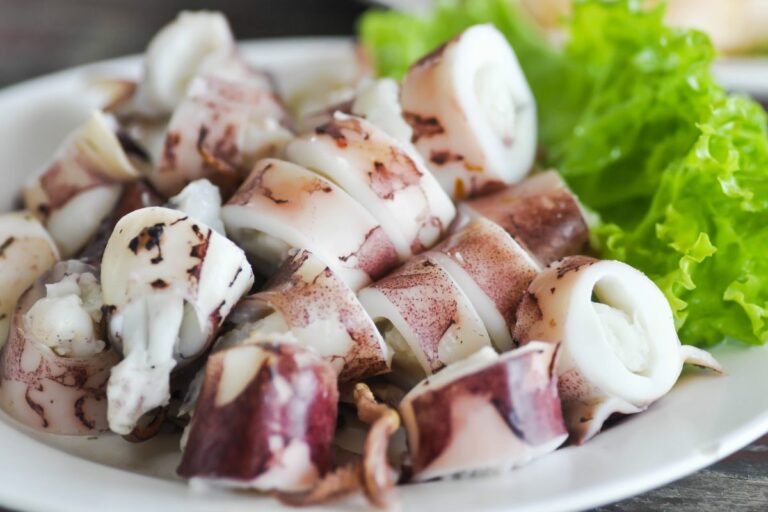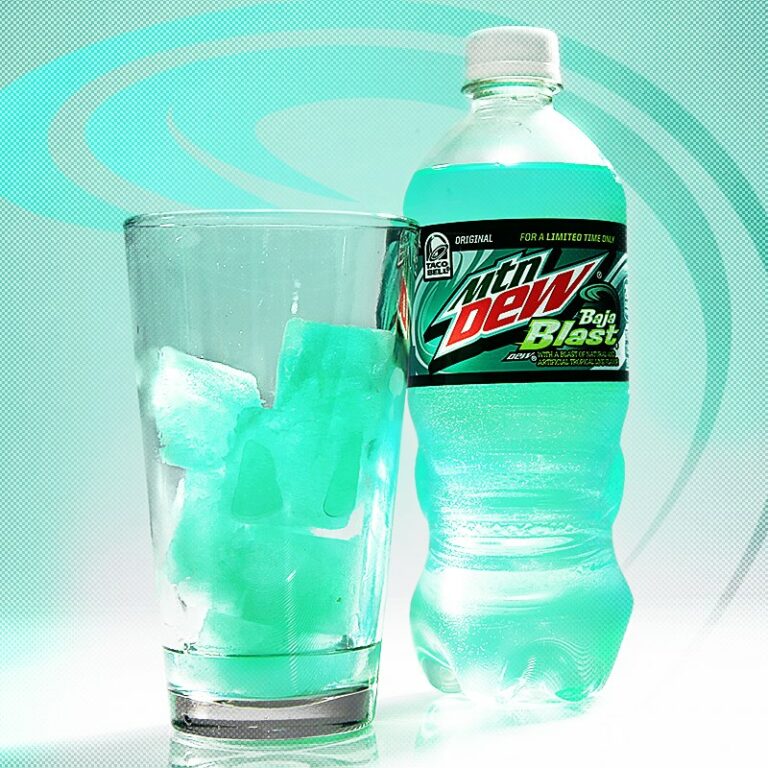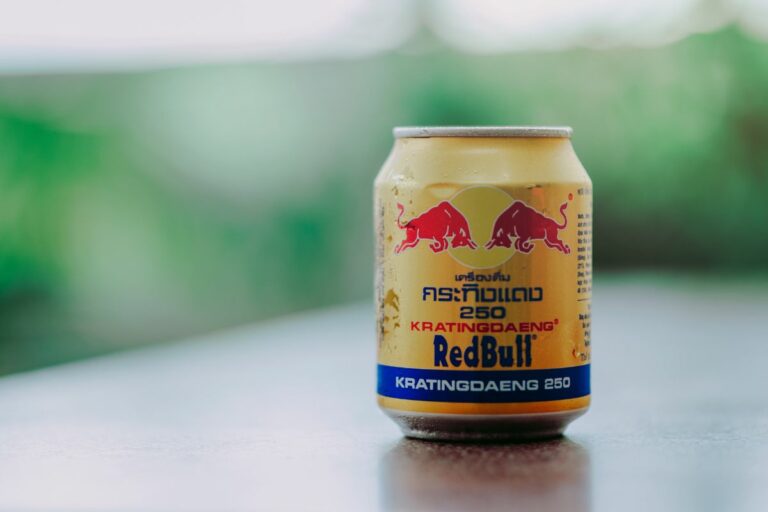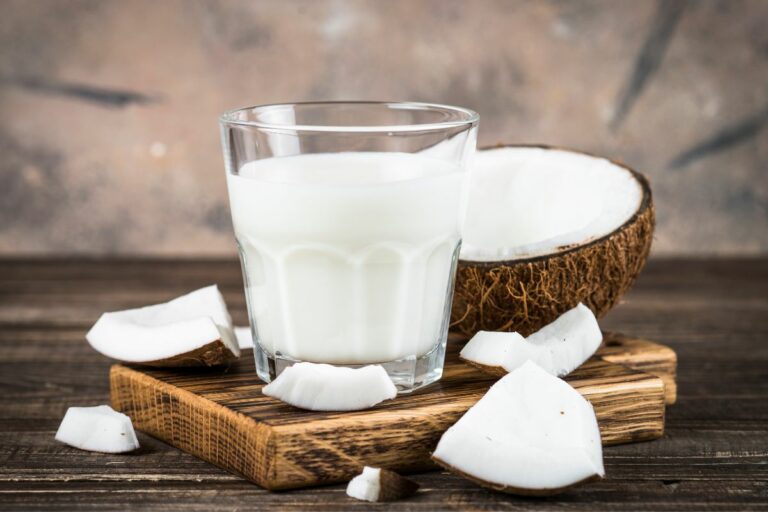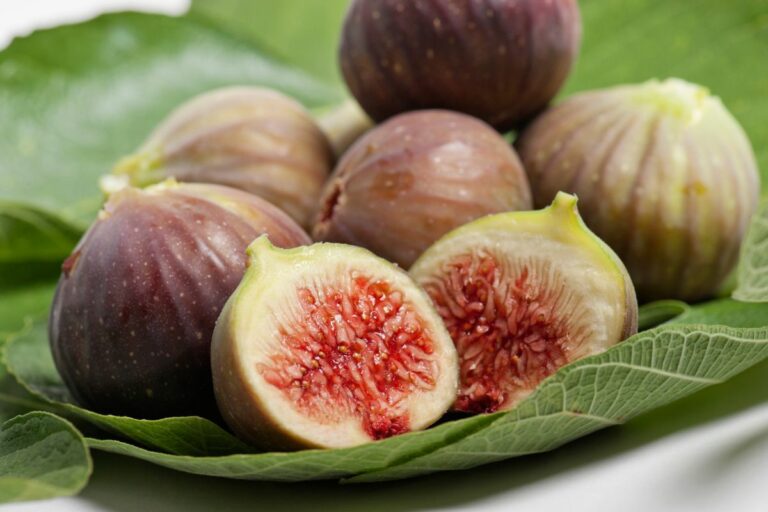What Do Clams Taste Like?
Clams are one of the most popular seafood around the world. Mainly popular in Asia and other Mediterranean cuisines, clams are available in a wide variety of cuisine around the world. In case, you don’t still know about clams pretty well, you might ask “what do clams taste like”?
The texture of clam is typically chewy, with the seawater saltiness and fishlike taste. Depending on its habitat and in which season, clams can be sweet or salty.
In this article, we are going to talk about clams’ taste, benefits, risks of eating them raw, and more. Stay tuned to this article to know more.
What Are Clams and What do Clams Taste Like?
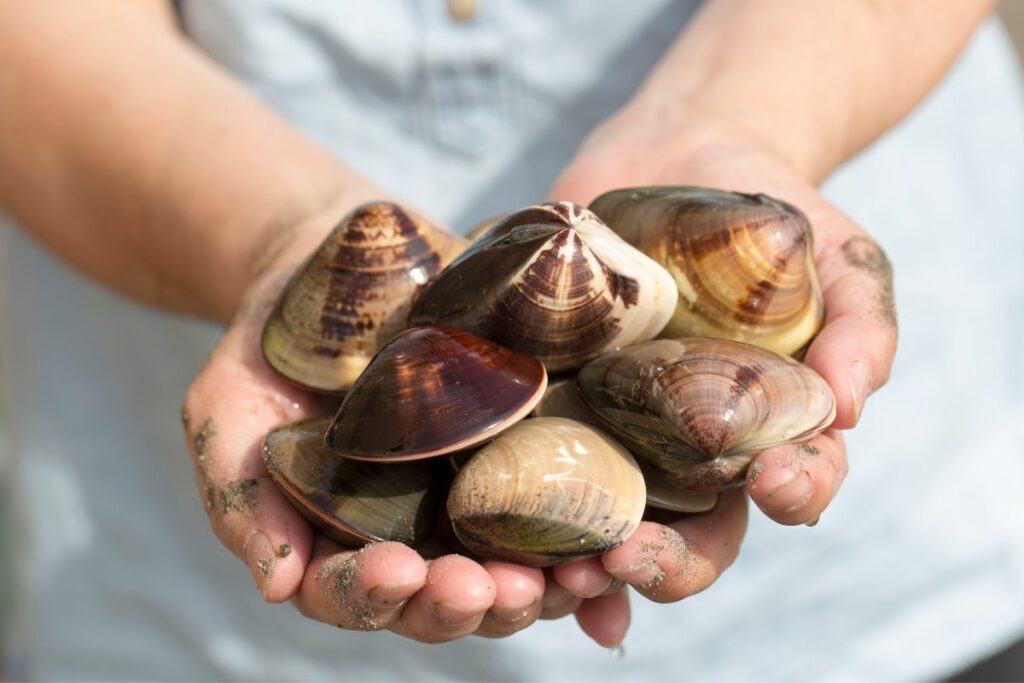
Clams are one kind of saltwater species which is named mollusk. The shells of clams are made of calcium carbonate. This calcium carbonate is extracted from salt water, algae, and sand.
Clams’ shape varies on the species of clams but most of the clams are shaped like a round disk.
When talking about the uses of clams, clams are used in many countries as a significant source of food, and also it is used as fishing baits, a useful component in the poultry industry, and also as some medicine.
Clams are a bit chewy and have that sea-like taste with saltwater and fishlike texture. The taste varies between species of clams, but most people say that the clams taste like the combination of a bit of sweetness with the added touch of saltiness of salt water.
The taste has a fish-like taste but is not too strong to make it fishier. The taste of clam depends largely on how it’s being cooked. Cause clams can be cooked in many ways with numerous different tastes.
Flavors And Texture Of Clams
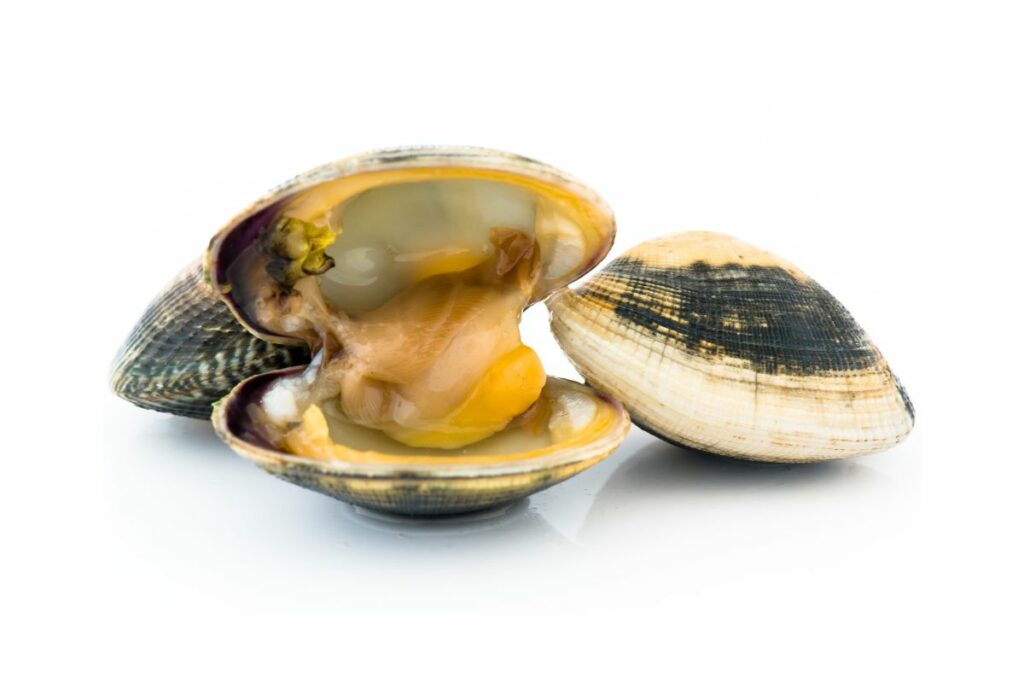
If you are genuinely interested in how clams taste or in a dilemma about whether to order this in a restaurant, we have come up with the main characteristics of clams to help you.
Flavor
Clams have that sea kinda flavor with a salty, fishy, and brine-y taste. You can compare the taste with nutty walnut oil, though clams are sweeter and saltier.
You cannot and should not eat all clams raw. The bigger ones have a tougher texture, whereas it is the opposite for the small clams. Which is why smaller clams are rather eaten raw.
Texture
Clams texture is a bit tougher, but on the inside, it is quite soft. A clam is made of different muscles, some muscles help the clam to keep shut whereas the others work as the foot or tongue of the clam. These muscles sit in the center with other parts.
Cutting the clams right through the adductor muscles will make the shell release which will also leave behind the half shell with the actual meat or muscle in the center. The interesting part is, all of these visible muscles are edible. So, you don’t need to boil or heat too much to cook the clam.
When the clams are cooked, it becomes a bit chewy like rubber. So if you eat it raw, you will get a tad bit different texture. Raw ones are not that chewy but quite tender with that slimy texture.
Health Benefits and Nutritional Facts of Clams
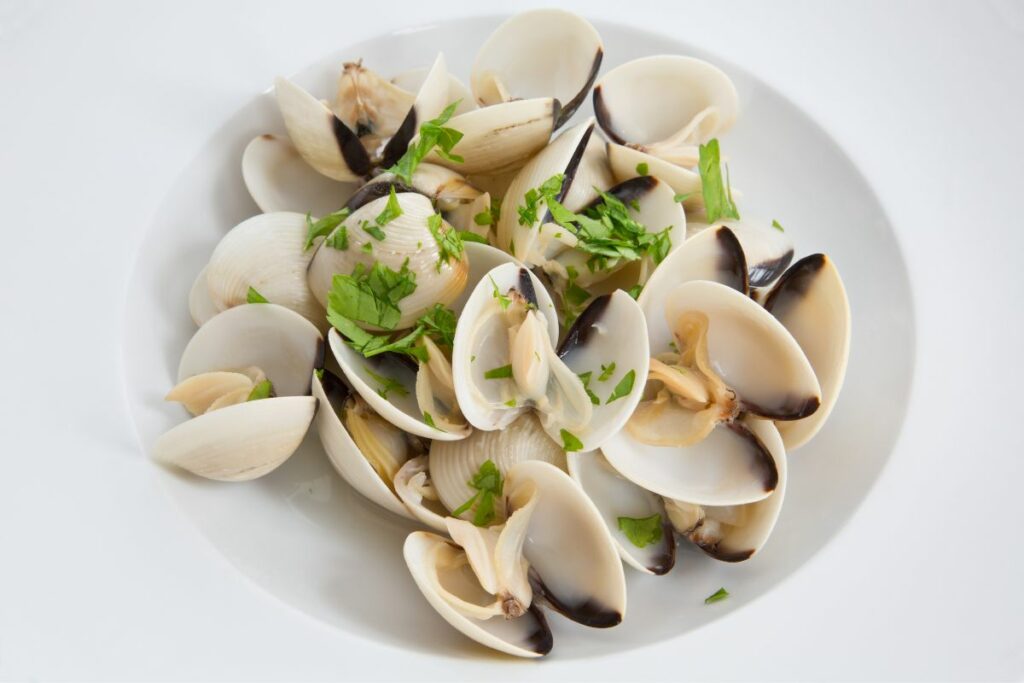
People enjoy eating clam meats because of the taste and texture, but there are many significant benefits clams provide that you may want to know-
They’re Packed In Protein
Protein serve as the building elements of our daily existence. Your diet must contain protein if you want to be able to repair your body’s cells and create new ones as necessary.
Clams are a fantastic protein source. Per 100g, you receive 12.8 g of protein. And 100g of clams only have 74 calories if you’re managing your calories. This is excellent news for dieters.
Essential for Collagen Synthesis
Your skin, mucous membranes, joints, and other cells depend on collagen for proper maintenance. Most people do not consume enough collagen. You can take supplements to receive what you need.
Making sure you have enough Vitamin C is one strategy to enhance collagen synthesis. Clams help in getting Vitamin C.
Additionally, vitamin C is crucial for ensuring that you get adequate iron, which clams are a good source of. Additionally, vitamin C is well-known for strengthening the immune system. In conclusion, the high Vitamin C concentration in clams contributes to your general health.
Lots of Vitamin B12 Present
100 grams of clams provide 824% of the daily allowance! Although many people believe that beef is the best food source of B12, clams really outperform beef in this regard.
Humans benefit greatly from vitamin B12 since it aids in the formation of proteins, DNA, and red blood cells.
Additionally, vitamin B12 is used to prevent memory loss, slow down aging, and elevate mood and energy levels. Even some patients with Lou Gehrig’s disease, MS use vitamin B12 for these conditions.
Iron Provider
Apart from vitamin B12, iron is the nutrient that is most prevalent in clams. There is 23.8 mg of iron in 6 oz of clams.
You receive 132% of the daily required amount from it. Many of our metabolic activities require iron, and it also aids in the transportation of oxygen. It helps us not to be diagnosed with anemia. Iron deficiency is very very common, although we don’t know this much. Approximately 10 million people in the USA are affected by anemia.
Helps to Regulate Blood Pressure
Some specialists refer to high blood pressure as “the silent killer.” You are unaware of the damage it does to your body. However, even little dietary modifications can help you lower those levels.
One technique to maybe assist in lowering such levels is by consuming potassium. You can benefit from 4.7 grams a day.
You can achieve these levels by eating high-potassium foods like baked clams, sweet potatoes, and lentils, among other delicious dishes. Your body will reward you if you consume less sodium and more potassium
Can You Eat Raw Clams or Is There Any Health Risk?
Americans love to eat various kinds of sea foods, either raw or cooked. Those clams are also quite popular seafood among Americans. But the main question here is, is it safe to eat raw clams?
According to many experts, eating live species raw always has inherent risks. Shellfish and Mullosks such as oysters, clams, scallops, and mussels can cause foodborne illness because these sea species filter water and absorb contaminants, as per FDA. The water that is being filtered can contain both protein and contaminants.
Eating these contaminated shellfish raw can cause nausea, abdominal pain, diarrhea, and vomiting. If you are still not convinced not to eat these raw, look at this advice from experts. You should not eat raw shellfish with any of these conditions-
If you can’t give up your favorite delicacies, here’s some advice from the experts. Don’t ever eat raw clams and other seafood if you have one of the following conditions:
- Liver disorders, such as hepatitis
- Diabetes
- Pregnancy or breastfeeding
- Chronic kidney disease
- Gastrointestinal disorders
- Inflammatory bowel disease, including ulcerative colitis and Crohn’s disease
- Immune disorders like AIDS
- Cancer
Last Thoughts
Did you get the answers you were looking for?
We would definitely recommend you taste clams. It is delicious seafood that has a vast range of cuisines you would absolutely love. But before trying, make sure it is cooked properly or at least the contaminants are filtered from it.
